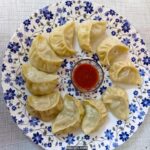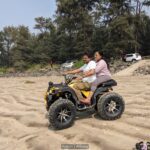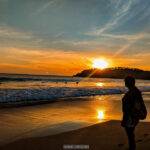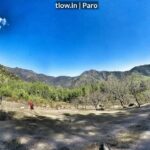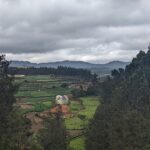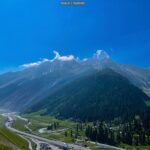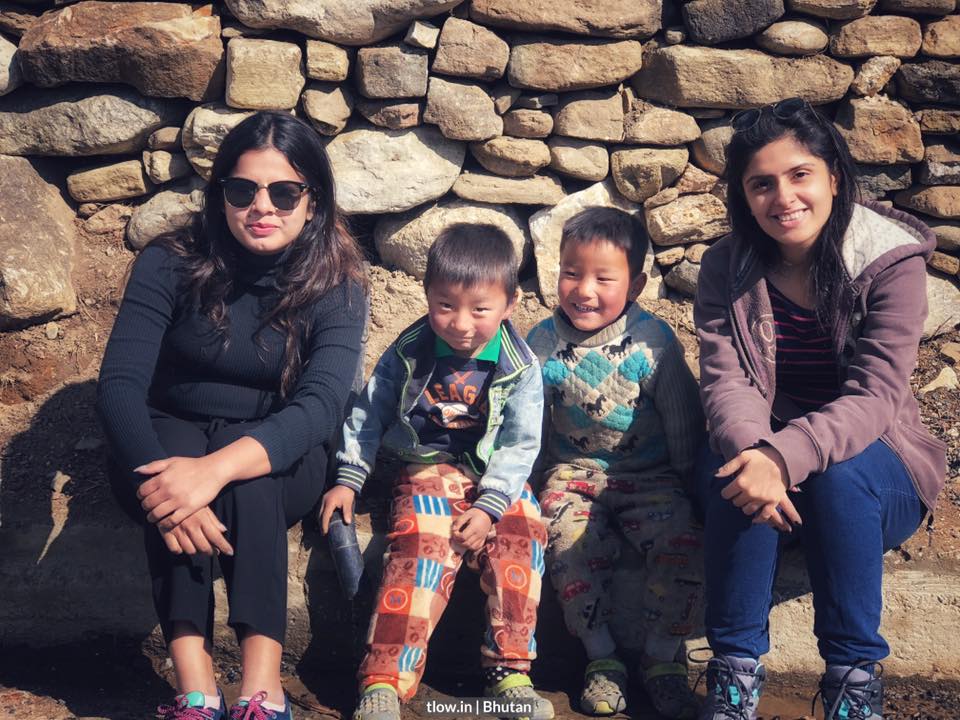
Exploring 10 Useful Dzongkha Words: A Language Guide before visiting Bhutan
Immerse yourself in the enchanting world of Dzongkha, the Bhutanese language. Discover essential Dzongkha words for travellers and cultural enthusiasts. Start your journey with our comprehensive language guide.
Dzongkha, the official language of Bhutan, holds the key to understanding the culture and traditions of this Himalayan kingdom. Whether you’re planning a visit to Bhutan or simply intrigued by its rich linguistic heritage, learning some basic Dzongkha words can greatly enhance your experience.
Table of Contents
In this comprehensive language guide, we’ll delve into a selection of essential Dzongkha words that every traveler and cultural enthusiast should know.
## Dzongkha Greetings and Polite Phrases
1. Kuzuzangpo La: A warm and all-encompassing greeting that means “Hello” or “How are you?”
2. Logjay Bey: Express gratitude with “Thank you.”
3. Thrimchi Lebay Yoe: Extend courteous blessings with “Goodbye.”
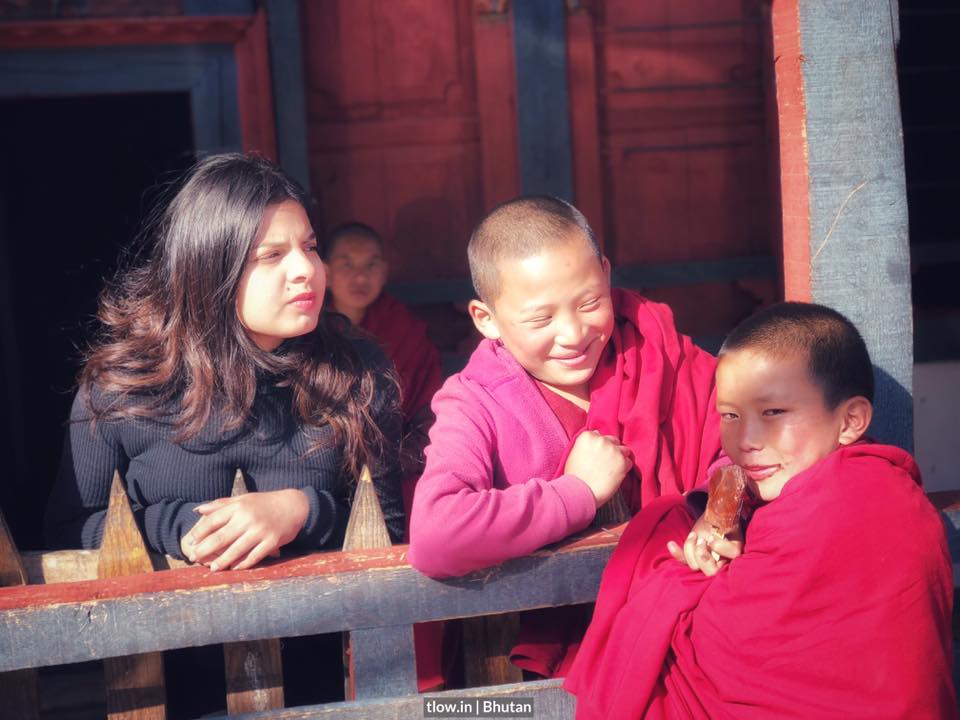
## Navigating Daily Conversations
4. Ganglue: Inquire “What’s your name?” to initiate introductions.
5. Nga Dang Nga Gi Ga Gi Bay: Share your interests by saying “I am from [your country].”
6. Tha Shay: If you’re feeling curious, use this word to ask “Why?”
## Embracing Bhutanese Culture
7. Lama: Respectfully address a monk or spiritual teacher.
8. Dzong: Refer to the majestic fortresses that characterize Bhutan’s architecture and history.
9. Tashi Delek: Convey well wishes by saying “Good luck.”
## Exploring Nature and Landscape
10. Jamtsho: Marvel at the beauty of Bhutan’s rivers by using this word for “river.”
11. Bumpa: Admire the mountains with this word for “mountain” in your vocabulary.
12. Sem: Capture the essence of Bhutan’s lush environment with the word for “tree.”
## Culinary Delights
13. Ema Datshi: Savour Bhutan’s iconic dish, a spicy chilli and cheese concoction.
14. Suja: Enjoy the traditional butter tea, a staple beverage in Bhutanese households.
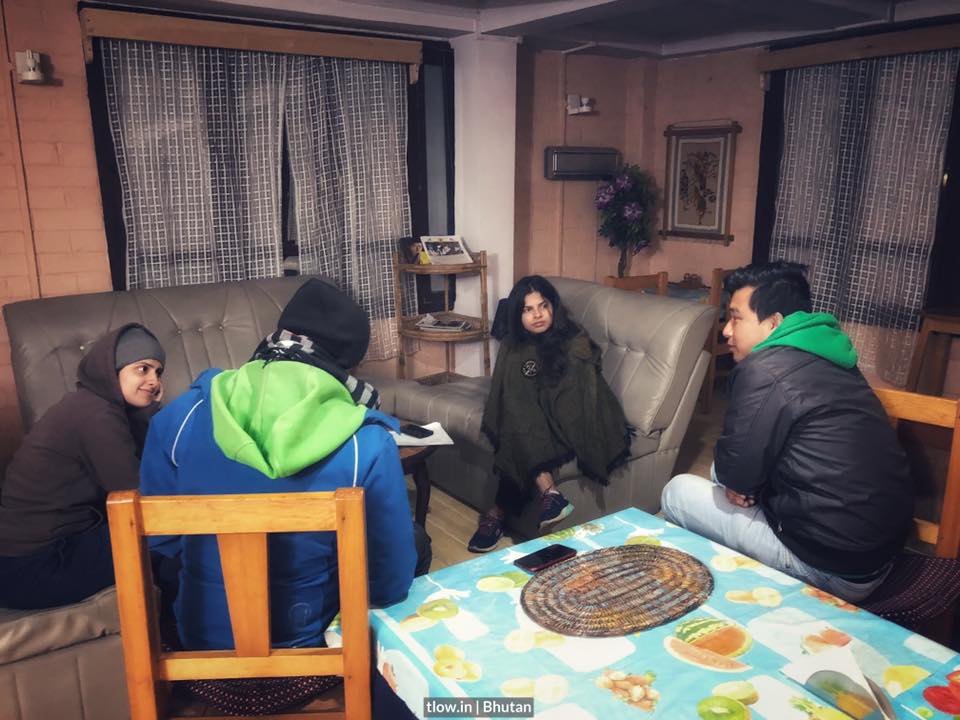
## Getting Around
15. Laytsho: For transportation needs, use this word for “vehicle.”
16. Yoe La: Ask for directions with “Where is it?”
## Cultural Etiquette
17. Karle La: Seek permission by saying “May I come in?”
18. Di Nga Ga Te? Check if you’re allowed with “Can I take a photo?”
## Experiencing Festivals
19. Tshechu: Immerse yourself in Bhutan’s vibrant culture by attending a religious festival.
20. Cham: Witness the mesmerizing masked dances that are integral to Bhutanese festivals.
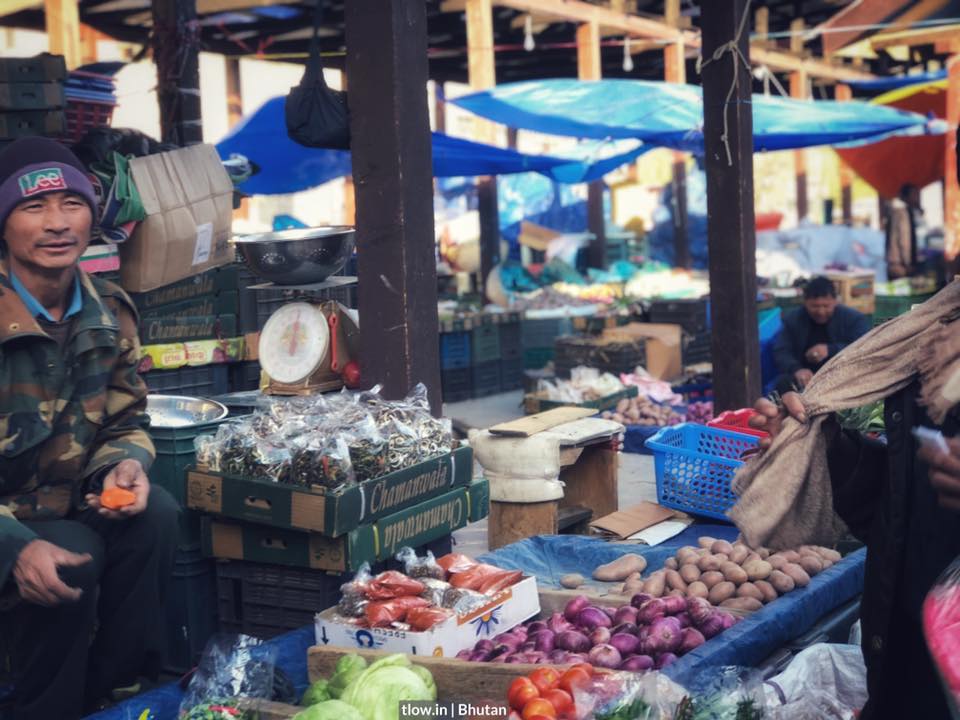
## Optimising Your Language Learning Journey
To make the most of your Dzongkha language learning journey, consider these tips:
- Practice Pronunciation: Dzongkha has unique phonetic sounds. Listen to native speakers or language resources to perfect your pronunciation.
- Learn the Script: Familiarise yourself with the Dzongkha script to enhance your reading abilities.
- Use Language Apps: Utilise language learning apps to reinforce your vocabulary and comprehension skills.
- Engage with Locals: Interacting with locals in Dzongkha can be rewarding and help you connect with the culture.
## Embrace the Bhutanese Experience
As you immerse yourself in the fascinating world of the language, you’ll discover a deeper connection to Bhutan’s culture and people. By integrating these essential Dzongkha words into your conversations, you’ll not only navigate the country with ease but also earn the appreciation of the Bhutanese people for your genuine interest in their language and way of life.
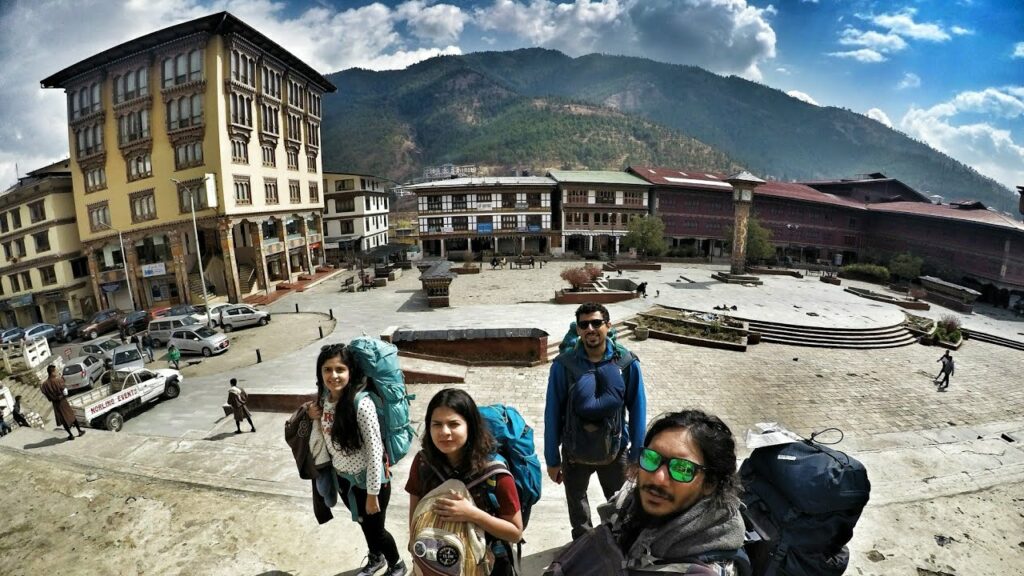
1. Script:
Dzongkha is written using the Tibetan script, which is similar to the Devanagari script used in Hindi and other Indian languages. The script is vertical, and it is read from left to right.
2. Pronunciation:
Dzongkha has 29 consonant sounds and eight vowel sounds. It features a complex system of tones, which can change the meaning of words. Pronunciation may be unfamiliar to speakers of other languages, but with practice, it can be learned.
3. Vocabulary and Grammar:
Dzongkha vocabulary is influenced by Tibetan, with additional loanwords from English, Hindi, and Nepali. It has a subject-object-verb sentence structure, similar to other Tibetan languages. The grammar includes verb conjugations, noun class markers, and case markers.
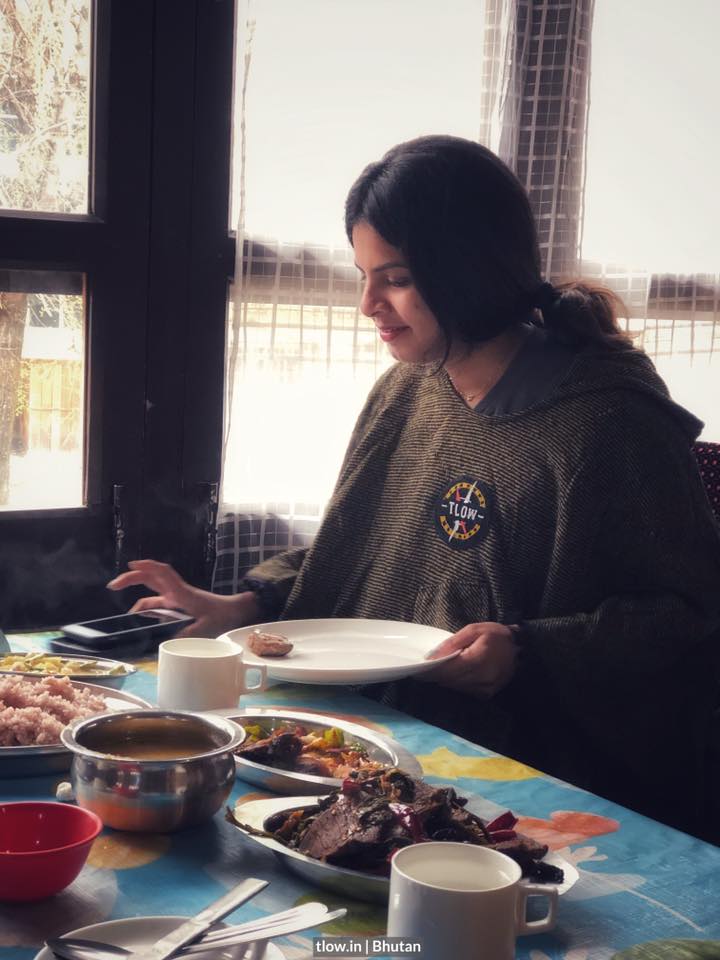
4. Importance in Bhutan:
Dzongkha holds great cultural and national importance in Bhutan. It is the medium of instruction in schools, the language used in government offices, and the language of religious ceremonies. It plays a crucial role in preserving Bhutanese identity and heritage.
5. Language Revitalization:
In recent years, there has been an increased focus on the revitalization of Dzongkha to ensure its continued usage and promotion. Efforts are made to promote Dzongkha in schools, develop language materials, and encourage its use in daily life.
6. Language Difficulty:
Dzongkha can be challenging to learn for non-native speakers due to its unique script, complex tones, and unfamiliar grammar structures. However, with dedication and practice, it is possible to acquire proficiency.
Learning Dzongkha can be a rewarding experience for those interested in Bhutanese culture, history, and connecting with the local community. There are resources available online, language courses, and immersion programs that can assist in learning Dzongkha.
So, embark on your linguistic adventure and embrace the Bhutanese experience through the lens of language. Kuzuzangpo La!




